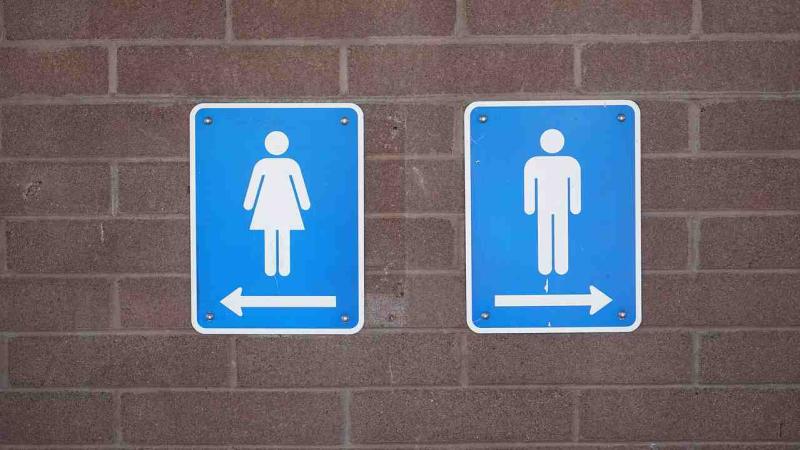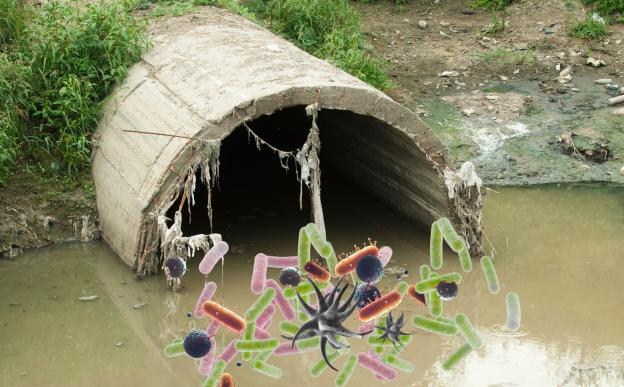
India, for all its progress, hosts 250 million people who still defecate in the open. In 2014, Prime Minister Narendra Modi launched the ‘Swachh Bharat Abhiyaan’ aimed at eliminating this practice by 2019. With just a year away from the deadline, it seems that the promise will be a tough one to keep. Reports indicate that despite having toilets at home, a large percentage of people still preferred to go about their business sitting on their haunches and manuring the field in the open.
Now, a recent study by Dr Nallathambi Yogananth and Dr Tarun Bhatnagar from the ICMR School of Public Health at ICMR-National Institute of Epidemiology, Chennai shows that building toilets is not a challenge, but getting people to use them is the tricky part. The study, published in the journal Transaction of the Royal Society of Tropical Medicine and Hygiene, estimates the prevalence of adults who defecate in the open despite having household toilets and examines the factors driving this practice. The study was funded by the ICMR-National Institute of Epidemiology.
The researchers surveyed 251 villages in Dharmapuri, a district in Tamil Nadu, which ranks highest in the state for practising open defecation. The results of the survey showed that out of the 1560 households surveyed, a whopping 54% defecated in the open despite having access to toilets. Roughly, 76% of toilets constructed with government money were not used at all! Worse still, this case may be the norm.
“Majority of the findings of this study are similar to other parts of the country”, says Dr Bhatnagar pointing out at the colossal failure of such campaigns and a massive loss of taxpayers’ money.
The study finds that the primary factor contributing to the prevalence of open defecation was lack of any stigma attached to it. People believed that defecating in public was a cleaner practice compared to using toilets. Most thought that shared toilets increased the spread of diseases. Besides, there were religious beliefs that toilets were impure, polluting and would be disrespectful to the shrine inside the house. They also feared that mosquitoes and flies would increase with the presence of toilets.
Also, toilets built with government subsidy were either incomplete or had poor construction quality and only 2/5th of those met design specifications. The absence of sanitary pipes and distant water source are also significant deterrents. Some respondents thought that the capacity of the pits connected to the toilets was small and hence, they had a constant fear of it getting filled up quickly if used regularly.
The study points out the profoundly ingrained sentiment for the preference of open defecation as a tradition, which is now a habit difficult to break away from. The researchers say that such beliefs can be attributed to a total lack of understanding of health consequences associated with defecating outside and how the practice pollutes local water bodies.
The ‘Swachh Bharat Abhiyan’ is not the first aimed at freeing the country from this malpractice. Many previous programs, driven by supplies from the government like subsidised latrine construction, have failed at eliminating the problem of open defecation. The researchers of the current study propose an alternative approach that is driven by demand.
“Initiating the process with behaviour change will promote the ownership and influence the users' mind to participate physically and financially for toilet construction”, comments Dr Yogananth.
The demand-driven approach focuses on the comfort, convenience, dignity and perceived health benefits demanded by the users. As a result, people stick to the behaviour of using toilets—a change that is organic. A forced change would only make people hostile to safe sanitation practices, argue the researchers.
Since healthy habits start early, the researchers propose school-led total sanitation campaigns that merge construction of toilets in anganwadis with that of households. “Respondents who started using the toilet after 36 years were 6.5 times more strongly associated with the practice of open defecation when compared to toilet users from childhood”, points out Dr Yogananth.
The findings of the study show that instead of constructing more and more toilets, the authorities should focus on an integrated approach with attention to local requirements, cultural values and better water management strategies to achieve a sustainable, open-defecation free society.
“Only a competent behavioural change communication strategy will lead to better participation in the community”, signs off Dr Bhatnagar.
























